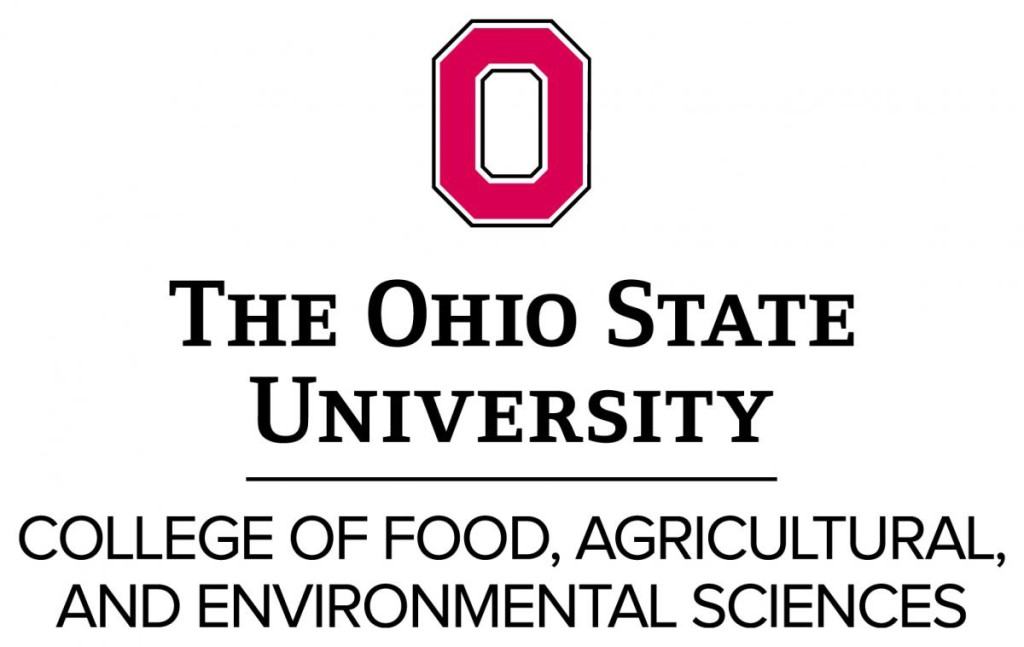By: Peggy Kirk Hall, Friday, February 02nd, 2018
Here’s a gathering of recent agricultural law news from OSU’s Agricultural & Resource Law Program:
CERCLA air emissions reporting further delayed. The Circuit Court that ruled that farms are not exempt from air emissions reporting under CERCLA has delayed the starting date for farms to begin reporting until at least May 1, 2018. Hopefully, the additional time will bring more clarity to livestock operations that could be subject to the reporting requirements about how to determine ammonia and hydrogen sulfide emissions, two substances that could trigger the reporting requirement. Read more in our previous post or on the US EPA’s website.
WOTUS rule also delayed. The U.S. EPA and U.S. Department of Army finalized a new rule on January 31, 2018 that would delay the effective date of the WOTUS rule to 2020. The rule, revised by the EPA in 2015 and tied up in litigation since then, has been on hold due to a stay ordered by the Sixth Circuit Court of Appeals. That stay could be lifted as a result of last week’s U.S. Supreme Court holding that courts of appeal are not the proper forum for challenges to the rule. More on the court’s decision here and on the WOTUS rule here.
National Organic Program proposed rule comment period open. Amendments to the National List of Allowed and Prohibited Substances allowed for organic production or handling are under consideration. USDA’s Agricultural Marketing Service is taking comments on the proposed rule until March 19, 2018. More information is here.
Ohio invasive plants list revised. The Ohio Department of Agriculture has finalized a revised list of invasive plants that may not be sold or distributed in Ohio. The list of 36 plants is available here.
Agricultural fertilizer applicator certification exam now available. As a result of regulatory revisions, a producer who applies fertilizer to 50 acres of more of land in agricultural production may now meet Ohio’s certification requirement by passing a written exam rather than attending educational sessions. Exam locations and registration are here and OSU’s training manual is here.
Ohio legislation on the move:
- Wind turbine setbacks. Senate Bill 238 proposes changes to the application process and setbacks for “economically significant” wind farms capable of generating five megawatts or more. Sponsored by Dolan (R-Chagin Falls). First hearing before the Senate Energy & Natural Resources Committee.
- Riparian buffers. House Bill 460 would exempt qualifying riparian buffers in the Western Basin of Lake Erie from property taxation, reimburse local taxing units for their consequent loss of income and require soil and water conservation districts to assist landowners with establishing and maintaining riparian buffers. Sponsored by Patterson, (D–Jefferson) and Sheehy (D-Oregon). First hearing on January 30 before the House Energy & Natural Resources Committee.
- Poultry and livestock on residential property. House Bill 175 would prevent county and township zoning authorities from prohibiting the keeping and breeding of chickens, fowl, goats, rabbits and similar small animals for noncommercial purposes on any residential property and would establish housing standards for such animals. Sponsored by Brinkman (R-Cincinnati). First hearing on January 30 before the House Agriculture and Rural Development Committee.
- Apiary immunity. House Bill 392 would provide persons who register their apiaries with immunity from personal injuries resulting from bee stings. Read our post. Sponsored by Stein (R-Norwalk). Reported out of House Economic Development, Commerce & Labor Committee on January 23.
- Alfalfa products. Senate Resolution 382 recognizes the existence of two alfalfa products in accordance with the Ingredient Definition Committee of the Association of American Feed Control Officials. Sponsored by LaRose (R-Hudson). Second hearing before the Senate Agriculture Committee scheduled for February 6.
- Barn as official state structure. House Bill 12 proposes designating the barn as the official historical architectural structure of Ohio. Passed House on 3/22/17, second hearing before the Senate Agriculture Committee scheduled for February 6.
- Idle wells. House Bill 225 revises Ohio’s idle and orphaned oil and gas well program. Read our post. Sponsored by Thompson (R-Marietta). Passed House on January 17, introduced in Senate on January 22.
Just introduced:
- Labor camps. House Bill 490 proposes to exempt certain residential buildings from agricultural labor camp laws. Introduced in the House by Stein (R-Norwalk) on January 30.
- Energy resources. House Concurrent Resolution 22 expresses support for the importance of Ohio’s energy resources and infrastructure in furthering Ohio’s economic development. Introduced in the House by Hill (R-Zanesville) on January 16.
